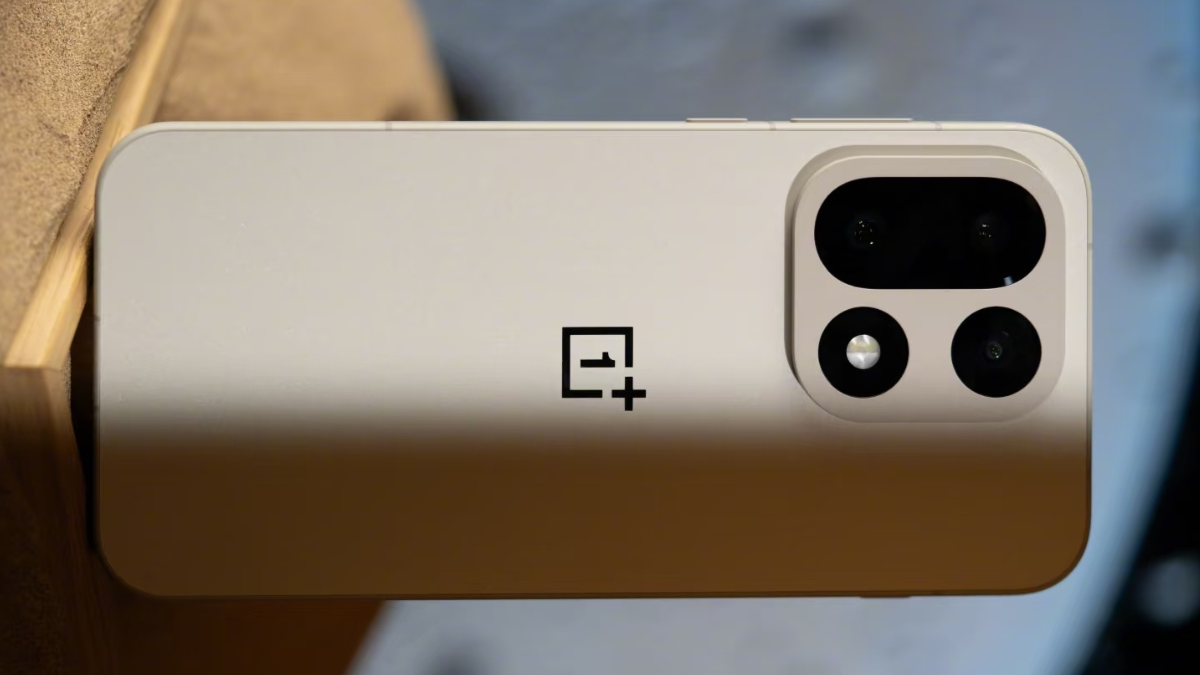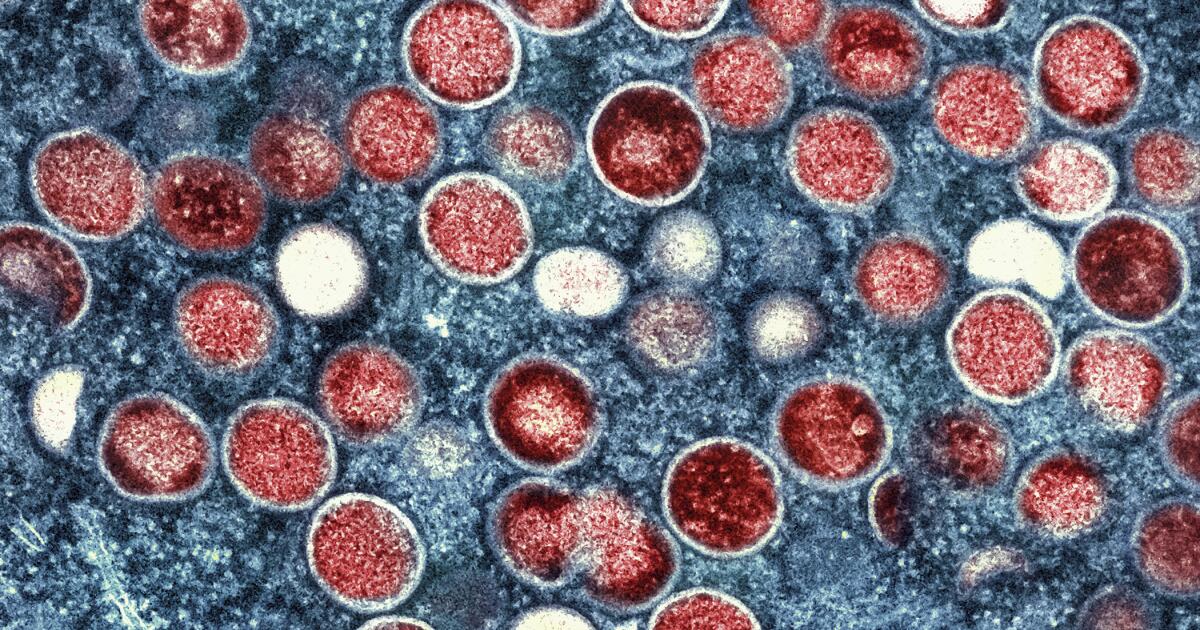The Louisiana Department of Health has confirmed a second human case of neuroinvasive West Nile virus in New Orleans, with a third presumptive case under investigation. In response, the city will conduct mosquito spraying Tuesday night and Wednesday morning, officials announced.
While most infections are asymptomatic, West Nile can cause serious complications, particularly in older adults, people who are immunocompromised, and those with underlying health conditions. Most infections cause no symptoms.
About 20% of patients develop West Nile fever, a flu-like illness with fever, headache, body aches, nausea, and rashes. Approximately 1 in 150 people infected with West Nile virus develop neuroinvasive disease, which can cause severe illness or death.
Statewide, 15 people have been diagnosed with neuroinvasive West Nile this year, according to LDH’s most recent surveillance report dated Aug. 9, with cases reported in Caddo, East Baton Rouge, East Feliciana, Livingston, Ouachita, St. Tammany and Washington parishes. The first case in New Orleans was reported Aug. 8.
Mosquito monitoring has also detected widespread virus activity. More than 745 mosquito pools have tested positive for West Nile across Louisiana in 2025, including over 200 in Orleans Parish. That marks an increase from last year, when 617 pools statewide — and four in New Orleans — tested positive. Louisiana ultimately recorded three deaths from the virus in 2024.
West Nile transmittal is temperature dependent, said said Kevin Caillouet, director of the St. Tammany Parish Mosquito Abatement District. The virus multiplies faster in hotter weather, which may be why there is an uptick. By July, St. Tammany was tracking about three times the West Nile activity as usual.
“The warmer it gets, the quicker they can transmit,” Caillouet said. “And that causes an exponential amplification of these viruses in these mosquitoes.”
How it spreads
West Nile virus circulates between wild birds and mosquitoes, and can infect humans through the bite of an infected mosquito. In New Orleans, the primary carrier is the southern house mosquito, Culex quinquefasciatus, which thrives in polluted water in ditches, storm drains and aging septic systems. The species is most active after dark.
The virus was first detected in Louisiana in 2002 and has since become the leading cause of mosquito-borne disease in the United States, typically peaking during the summer.
Spray timing
The City of New Orleans Mosquito, Termite and Rodent Control Board scheduled spray missions for Tuesday night by truck between the hours of 8:30 p.m. to 1 a.m. in Central City, Milan, Touro, the Garden District, Uptown/Carrollton, the Fourteenth Ward, Broadmoor, Hoffman Triangle, Mid-City, Bayou St. John, Tremé/Lafitte, Fairgrounds and the Seventh Ward.
On Wednesday morning, the city will spray larvicide by helicopter into standing water between 6 a.m. and 12 p.m. The larvicide is a naturally occurring bacterial product that kills mosquito larvae without harming people, pets or bees, officials said.
The target areas include English Turn, Old Aurora, Brechtel Park Behrman and Whitney. The helicopter will also do surveillance in other areas to identify more places mosquitoes could be breeding.
Protecting against bites
City officials are urging residents to use EPA-approved repellents containing DEET, picaridin, IR3535 or oil of lemon eucalyptus; limit outdoor activities between dusk and dawn; and eliminate standing water around homes where mosquitoes can breed. Even the small amount of water that fills a bottle cap can be enough for mosquitoes to lay eggs.
Residents can report mosquito problems by calling 311, filing a request at nola311.org, emailing mosquitocontrol@nola.gov, or calling (504) 658-2400.
Source link


